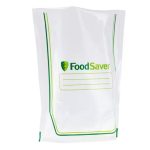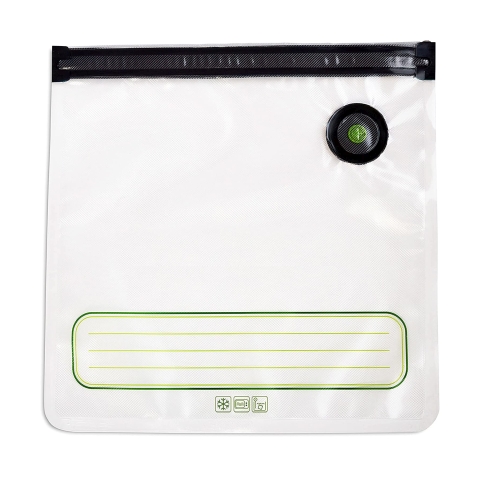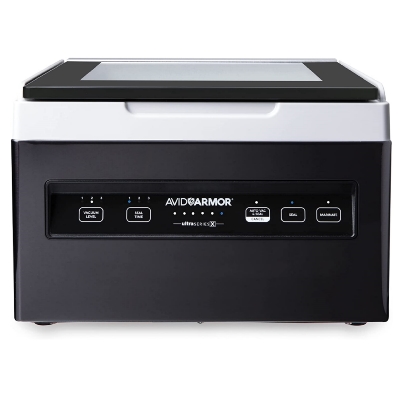 The world has a funny way of throwing curveballs when we least expect it. In the last years we all see that emergencies come in all shapes and sizes – from global pandemic to unexpected power outages, and everything in between. Being prepared for such scenarios is key, and there’s a tool that’s gaining popularity in emergency preparedness: the vacuum sealer.
The world has a funny way of throwing curveballs when we least expect it. In the last years we all see that emergencies come in all shapes and sizes – from global pandemic to unexpected power outages, and everything in between. Being prepared for such scenarios is key, and there’s a tool that’s gaining popularity in emergency preparedness: the vacuum sealer.
At first glance, a vacuum sealer might seem like an appliance exclusively designed for your kitchen, helping you extend the shelf-life of food items by removing air and sealing them airtight. But they’re also great for your emergency kit, helping to store things like medical supplies, documents, and long-lasting food.
Food Storage for Emergency
When it comes to food storage, we all know that vacuum sealing is a game-changer for storing food for long-term use. By removing the air, vacuum sealing prevents the growth of bacteria and mold, which can spoil food. It also helps to keep pests away. This method ensures that you’ll have a supply of food that is safe and ready to eat in an emergency. Vacuum sealing high-energy foods like nuts, dried fruits, and energy bars can be life saver in emergency situations. These compact packets can be a great addition to your emergency kit.
Vacuum sealing food also offers the advantage of space. Traditional emergency food supplies can take up a lot of room, but vacuum-sealed foods are compact and easy to store. It’s an excellent way to manage your emergency food storage, especially if you live in a smaller space or need to carry supplies in a backpack or in your vehicle.
Non-food Vacuum Sealing for Emergency
But it’s not just food that can benefit from vacuum sealing. Medical supplies and hygiene kits, often overlooked in emergency planning, are another crucial component that can be preserved and protected with a vacuum sealer. Bandages, medical tape, and even over-the-counter medications can be sealed to keep them sterile and safe from contamination and water. In the event of an emergency, having these medical supplies readily available and in good condition could prove to be a lifesaver.
Useful Tips
If you’re considering adding a vacuum sealer to your emergency preparedness plan, here are a few tips you need to remember. First, make sure you choose a high-quality vacuum sealer. Use double sealing to ensure that there are no leaks. Then, store your sealed items in a cool, dry place to further extend their shelf life. Finally, don’t forget to regularly check (expiration dates and shelf life of each item) and rotate your supplies to ensure they’re always in peak condition for when you need them most.
Here are some of the unique and clever uses of vacuum sealing in emergency:
- Document Protection: Important documents (or their copies) such as birth certificates, local maps, insurance policies, or passports can be vacuum sealed to protect them from damage due to water or moisture.
- Waterproof Matches: Vacuum seal your matches to keep them dry and usable even in the harshest weather conditions.
- Preserving Seeds: If you have a survival garden, vacuum sealing can be used to preserve seeds for long-term storage.
- Emergency Kit Compacting: Items like ponchos, clothes, blankets, or other bulky but necessary emergency items can be vacuum sealed to reduce their size and make your emergency kit more compact.
- Cash Stash: In emergencies, access to banks or ATMs might be limited. You can vacuum seal some cash and tuck it away safely in your kit.
- Battery Storage: Vacuum sealing can help prevent corrosion and prolong the life of batteries, ensuring your devices have power when you need them most.
In conclusion, vacuum sealing is a versatile and effective tool in emergency preparedness. It offers a unique solution to long-term storage issues, helping you keep food and medical supplies safe and ready for use whenever they’re needed.
Resources and Useful Links:


